All about compaction of sand
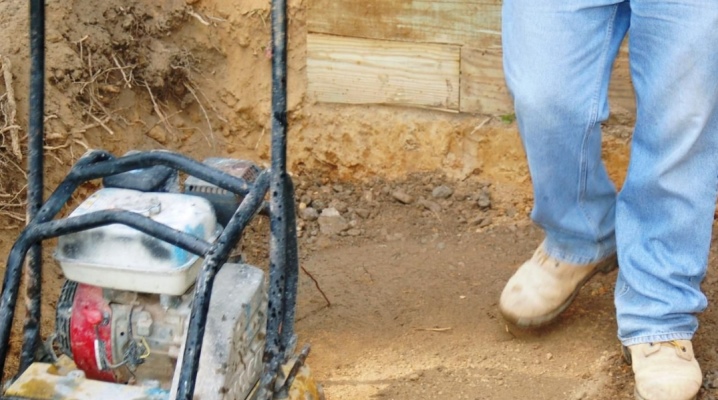
Before the installation of foundation structures or preparatory work under the screed, as well as for laying paving slabs, it is necessary to tamp the sand cushion in order to expel the excess air volume from it, squeeze the fine fractions of sand grains together as tightly as possible. After compaction is completed, the sand base becomes very dense, ready for further construction work. To cope with this task, mechanized and manual methods of compacting bulk material are used.
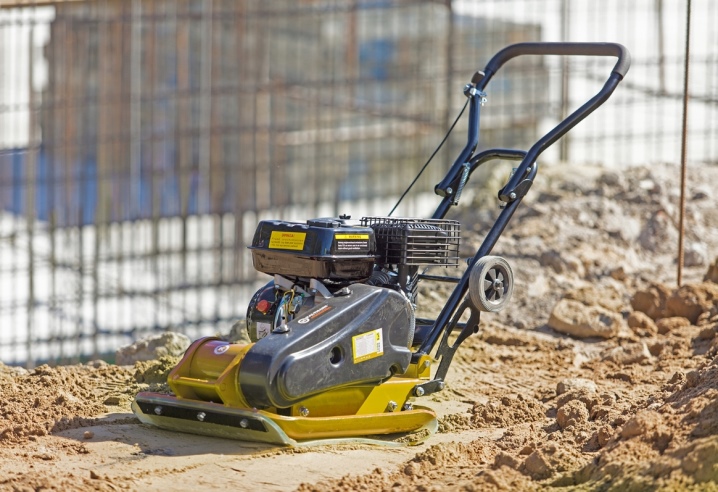
What is it and what is it for?
When building a house under a foundation or screed, it is necessary to make a hard layer in the form of a lining of sand or gravel with fine dispersion. The tamping technique allows to provide the necessary density to such a base. To compact bulk materials, specialized equipment is used, and if the coverage area is small, a manual method of work is used. A sandy dense pad is necessary before starting construction work for the following reasons:
- for full leveling and increasing the degree of rigidity of the base surface of the future erected structure;
- to prevent the destruction of the foundation structure under the influence of moisture or low temperatures, when the soil begins to swell from excess water;
- to prevent distortion of the structure from the action of bending and compressive loads on it during soil shrinkage processes;
- with the aim of elimination of hidden voids, filled with air;
- for the construction of an intermediate stable layerformed between the soil and the foundation structure.
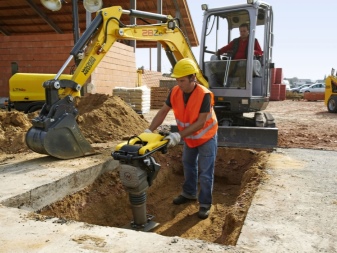
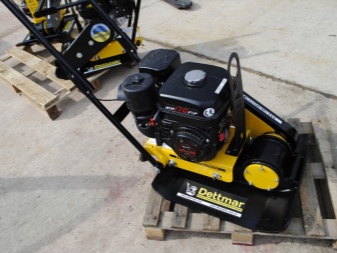
Compacted sand creates a dense and durable layer, which is a reliable base for laying asphalt pavement, paving slabs, and building foundations. A properly formed sand layer is not subject to deformation and does not collapse if you step on it. Compaction technology involves performing these works in multiple passes over the entire surface of the sand layer.

Upon completion of these actions, the quality is assessed not only visually, but also with the help of special devices.
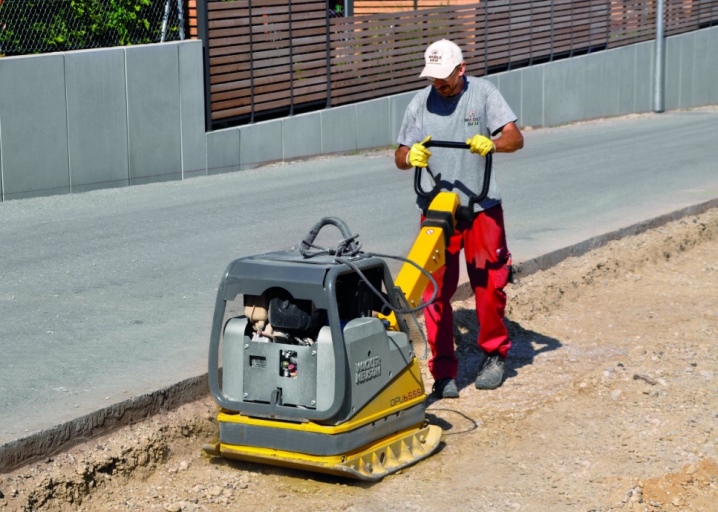
The ways
In order to carry out preparatory work for construction, a sand cushion can be formed by various methods. Their choice directly depends on what kind of tool is in the equipment, how large the area of the working surface is, and also what are the requirements for the level of density of the sand substrate.
There are several methods of performing work associated with compaction of sand.
- Applied machine on an independent move, which uses its wheels to tamp the sand. Sometimes trailed-type special equipment is used, equipped with rollers for rolling, with the help of which layer-by-layer compaction is performed in several passes.
- With help lifting crane slabs weighing up to 2 tons are dropped onto the working platform.
- Sand can be compacted with a vibrating plate - a special mechanical device.
- With the help of a channel or wide beam sand can be compacted without a vibrating plate, that is, manually.
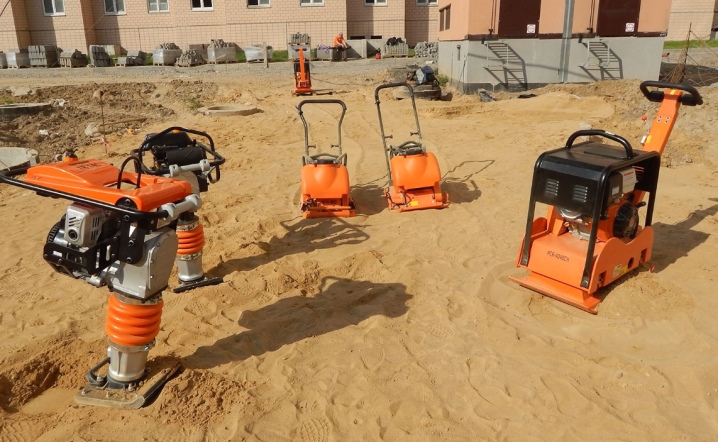
The selection of mechanized methods for ramming bulk material depends on the convenience for the operation of specialized equipment, the availability of access roads for it and the thickness of the sand substrate required by the project. On large areas, work is carried out using self-propelled tractors, and small areas are processed by self-propelled rollers. If you need to compact the sand in a very small, confined space, a manual compaction may well be suitable for this case.


In order to qualitatively perform the compaction of sandy bulk material, several passes are made using the tool on the same working surface, and the movements of the compaction are performed in a spiral direction - this way you can be sure that there will be no untreated areas of the substrate surface. If, after compaction, the material has subsided greatly, it is possible to add sand to those areas where it is clearly not enough. For a denser compaction of sand particles, it is regularly poured with water, which helps push air between the grains of sand.
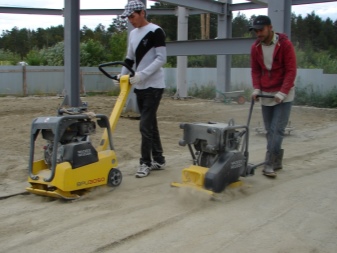
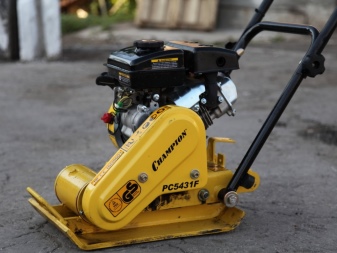
Tamping is carried out by dropping monolithic heavy slabs, if the pad consists of clay and sand of a dust-like fraction. Such substrates contain air in their multiple cavities, which comes out to the surface under the weight of the monolith. The slab with the help of special equipment rises to a height of 2 meters and is dropped onto the working surface flat. This method allows you to work through the clay-sand mixture to a depth of 1.5-2 meters. Usually, this method is resorted to when the foundation is being prepared for the foundation of a capital structure.
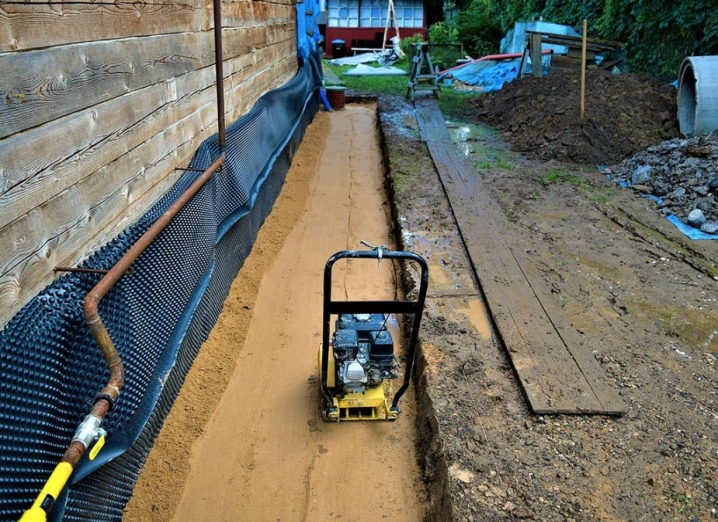
A work process of this kind is carried out in a continuous mode, but at a fast pace. This continues until the desired result is achieved.
The manual method of forming a sand layer is resorted to when the treated area is small, and the thickness of the sand layer is small. To solve a similar problem, the tool is made from scrap materials. They take a bar of wood, a wide base in the form of a wooden or steel plate is attached perpendicularly to it. The attachment points of the two parts are securely fixed using hardware fasteners or a weld. The result of the work should be a solid construction for manual labor. It has a lot of weight, but a person is able to lift it and perform frequent blows on the sand. To work more efficiently and faster, the horizontal plate is specially weighted with the help of additional metal plates or cement pouring.
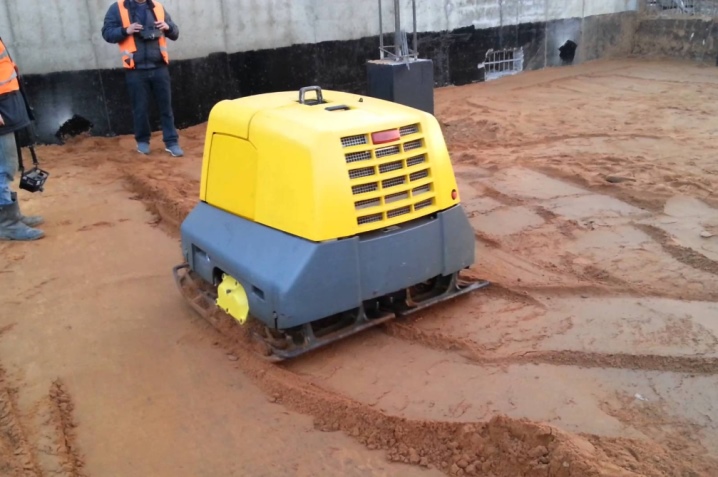
How to ram properly?
In order for the frame of the building foundation to be strong, the sand area must be perfectly flat and very dense. This effect is achieved due to the fact that with a well-executed ramming, the required shrinkage is guaranteed at the substrate. Is it true or not after the end of the work, the result must be checked. Quality control of work is carried out with a rope pendulum or level.

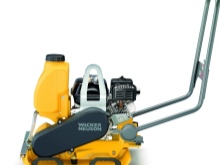

To properly and with high quality compaction of sand with a vibrating plate, the following important nuances should be observed:
- the vibrating plate will show its effectiveness if the thickness of the sand layer does not exceed an indicator equal to 0.6 m;
- before starting work the sand layer is wetted evenly with water, but this should be done evenly and without excesses;
- on the working surface it is necessary to perform 5-7 passes in both directions.
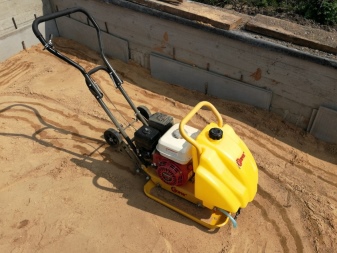
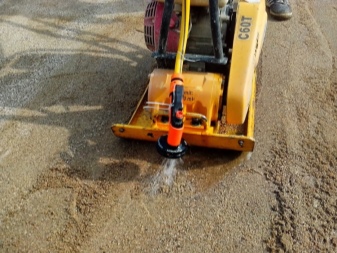
As soon as the layer of sand is reliably compacted, you can pour in the next batch of sand to continue working. But the thickness of this layer should not exceed 0.6 m. Layers are added until the result is a dense sand cushion of the required thickness according to the project documentation.
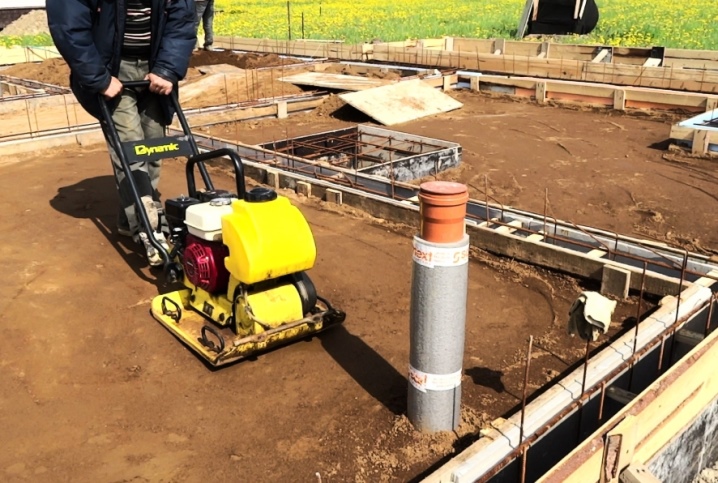
For arranging garden paths, before building a garage, before installing the foundation of a country house, a sand pillow is often prepared manually. Sand ramming can be done with a vibrating plate or manually. Self-preparation of the surface will cost much less than hired craftsmen.
Consider how manual sand compaction is performed.
- Purchase a ready-made or independently make a device for manual tamping of the T-shaped type - a horizontal plate is made about 30x30 cm in size, and its weight should be at least 15-20 kg. For the convenience of work, 2 handles are attached to the handle bar on the sides - these grips are needed so that the device can be lifted with two hands at once. If the ramming structure turns out to be too light, it is additionally weighted down with metal or cement.
- With the help of a self-made tool, uniform and repeated blows are applied to the working surface of the sand mixture... With the help of these blows, it is possible to achieve the removal of voids and air, as well as to compact the sand fractions together. Tamping is performed layer by layer - when 1 layer is tamped, the next portion of sand is poured on top of it.
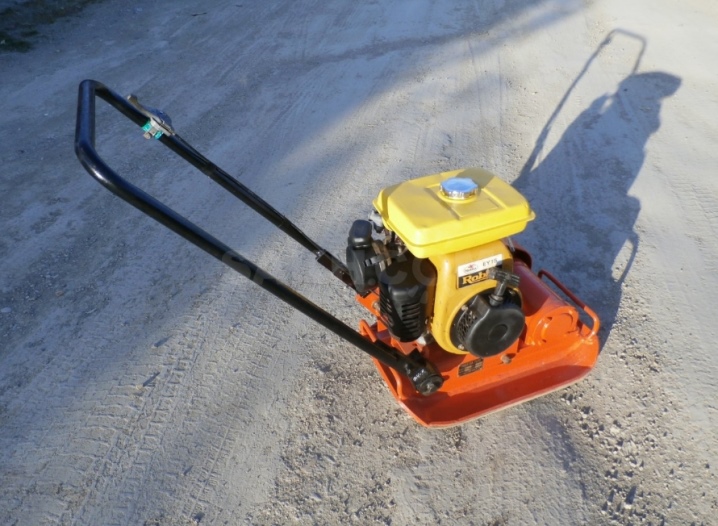
The process of compaction of sand is not so difficult, but quite a crucial stage in construction. The success of all further work depends on the quality of its implementation, so you need to approach it carefully and conscientiously.
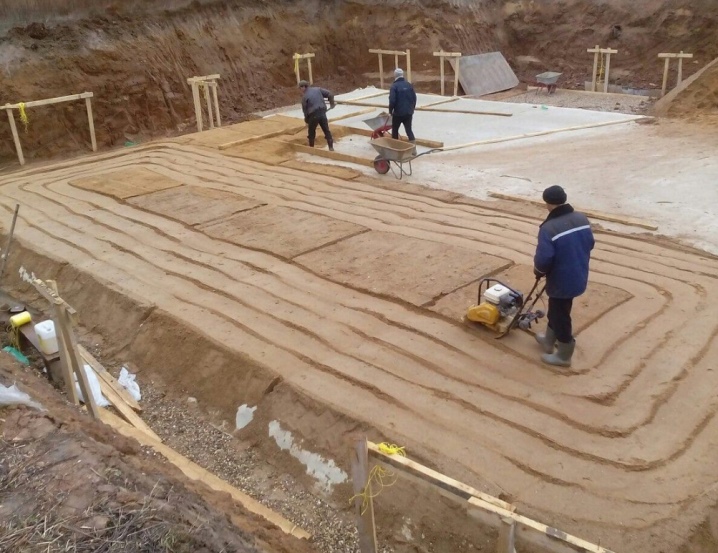
The following video shows the compaction of sand.













The comment was sent successfully.